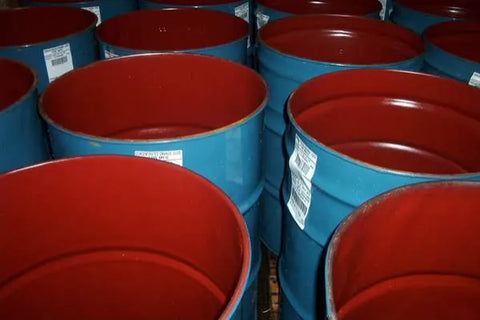Coolant concentration is the most easily-understood aspect of coolant chemistry.
Most coolant users know it needs to be measured, or at least considered. They may not realize that neglecting coolant concentration can cost a company a lot of money.
Effects of Hardness
One consideration is how concentration is affected by hardness levels. Topic 203 discussed how coolant concentrate can split from its oil-in-water emulsion and float to the fluid surface. If one is measuring concentration from the surface, the concentration measurement will appear very high. If measuring below the surface, it will appear very low. Will this pose an issue either way? Yes! Should a reading seem out of the ordinary, check the hardness levels. Take a sample to see what it looks like. If the emulsion is broken, then there is proof in the pudding (literally!) that hardness, not concentration, is the problem.
Effects of Evaporation
Topic 101 discussed how coolant concentration increases due to the effects of evaporation on the fluid pool. Water evaporates much more quickly than coolant base, even when both are within a stable oil-in-water emulsion. It does not take days for evaporation to cause this increase–it can happen in only a few hours. To learn how to calculate the proper refill value for any sump, please refer to Topic 101. For a spreadsheet tool to help you with these calculations, visit the Free Coolant Resources page on our website.
Health & Safety Consequences
Coolant concentration may pose health and safety issues when it is above set standards, such as those from the manufacturer, OSHA, and NIOSH. Severe skin reactions are rare but preventable. More often users just put up with excessive drying and minor irritation of their skin.
Economic Consequences of Overuse
Coolant should be measured on the initial charge, to the target concentration, and the reference locations for both the refractometer and the mixer being used should be recorded. Then, use predetermined ‘refill’ values when refilling sumps to volume. This value, and the location settings for the refractometer and mixer, should also be recorded. The time spent actively monitoring concentration is a very small investment with big payoffs.
Consider how much coolant would be wasted if, on an average machine, its 50 gallon sump was refilled at a concentration of 3% versus 2%: 0.25 gallons of concentrate are overused per refill cycle. Refilling 3 times per day results in 0.75 gallons of unnecessary use. Working five days a week, over a year, 195 gallons of coolant would be wasted.
Multiply that by the number of sumps, and even small shops with a handful of machines will be seeing red as approximately 16 barrels of coolant line up empty every year. Tens of thousands of dollars could be wasted! Large companies with 50 sumps or more could save hundreds of thousands simply by maintaining their sumps to target concentrations.
